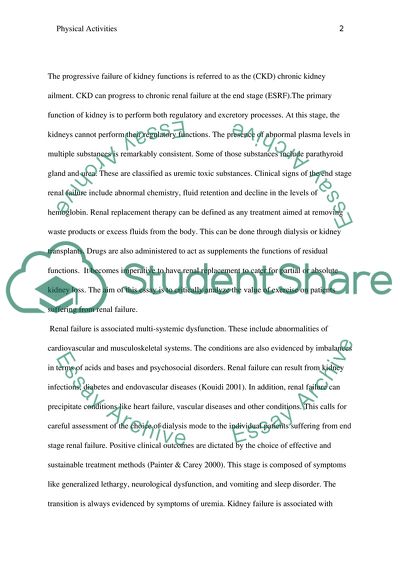Cite this document
(“Critically evaluate whether Exercise and / or Physical Activity Essay”, n.d.)
Retrieved from https://studentshare.org/miscellaneous/1614519-critically-evaluate-whether-exercise-and-or-physical-activity-interventions-provide-an-important-therapeutic-benefit-for-people-suffering-from-chronic-renal-disease
Retrieved from https://studentshare.org/miscellaneous/1614519-critically-evaluate-whether-exercise-and-or-physical-activity-interventions-provide-an-important-therapeutic-benefit-for-people-suffering-from-chronic-renal-disease
(Critically Evaluate Whether Exercise and / Or Physical Activity Essay)
https://studentshare.org/miscellaneous/1614519-critically-evaluate-whether-exercise-and-or-physical-activity-interventions-provide-an-important-therapeutic-benefit-for-people-suffering-from-chronic-renal-disease.
https://studentshare.org/miscellaneous/1614519-critically-evaluate-whether-exercise-and-or-physical-activity-interventions-provide-an-important-therapeutic-benefit-for-people-suffering-from-chronic-renal-disease.
“Critically Evaluate Whether Exercise and / Or Physical Activity Essay”, n.d. https://studentshare.org/miscellaneous/1614519-critically-evaluate-whether-exercise-and-or-physical-activity-interventions-provide-an-important-therapeutic-benefit-for-people-suffering-from-chronic-renal-disease.


